The World Heritage Committee has just added 27 new sites to UNESCO's world heritage list from 50 candidates.
The new heritage sites were announced during the 45th session of the World Heritage Committee, which took place from September 10 to 25 in Riyadh, Saudi Arabia. To date, the world has a total of nearly 2,000 sites in 167 different countries recognized by UNESCO as world heritage sites.
10.Iran
Iran's heritage includes a total of 28 sites, including 26 cultural and 2 natural heritage sites recognized by UNESCO. Iran's famous heritage sites include the Trans-Iranian Railway, an architectural marvel that connects the Caspian Sea in the northeast with the Persian Gulf. In addition, the rugged and remote cultural landscape of Hawraman/Uramanat of the Hawrami people also receives much attention...
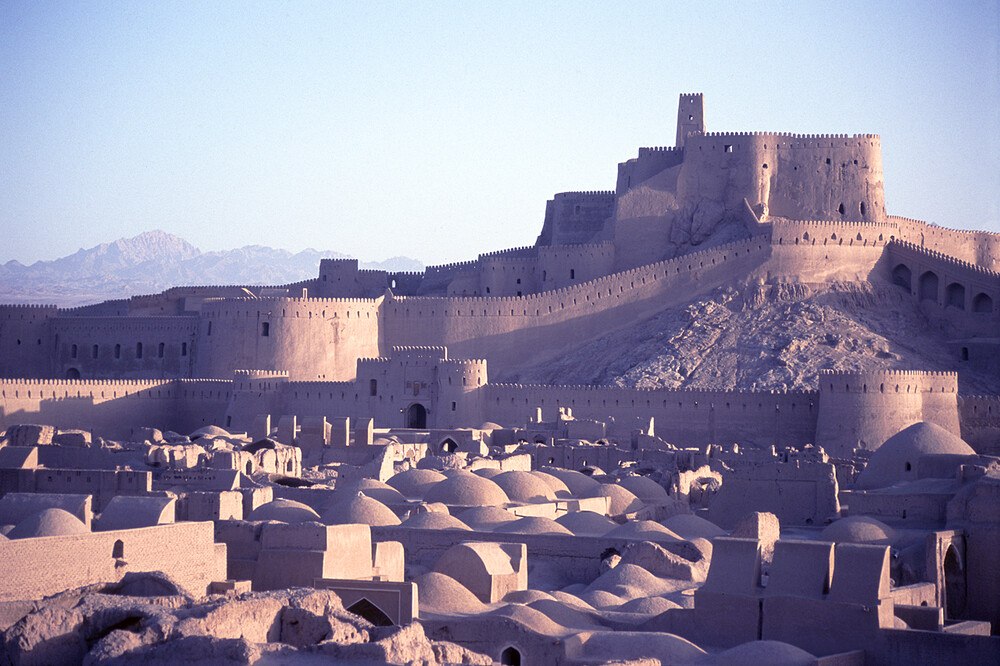
Pam Citadel, dating from the 7th - 11th centuries, located in southeastern Iran
9.Russia
Ranked 9th with a total of 32 UNESCO World Heritage Sites. Within the country’s vast borders, visitors will find diverse landscapes with lush forests, towering mountains, active volcanoes and pristine lakes. Notably, Russia ranks fourth globally in terms of UNESCO natural heritage sites, with a total of 11, along with many other fascinating cultural heritage sites. World-famous UNESCO destinations in Russia include the Western Caucasus, Wrangel Island, the Kremlin and the iconic Red Square in Moscow.
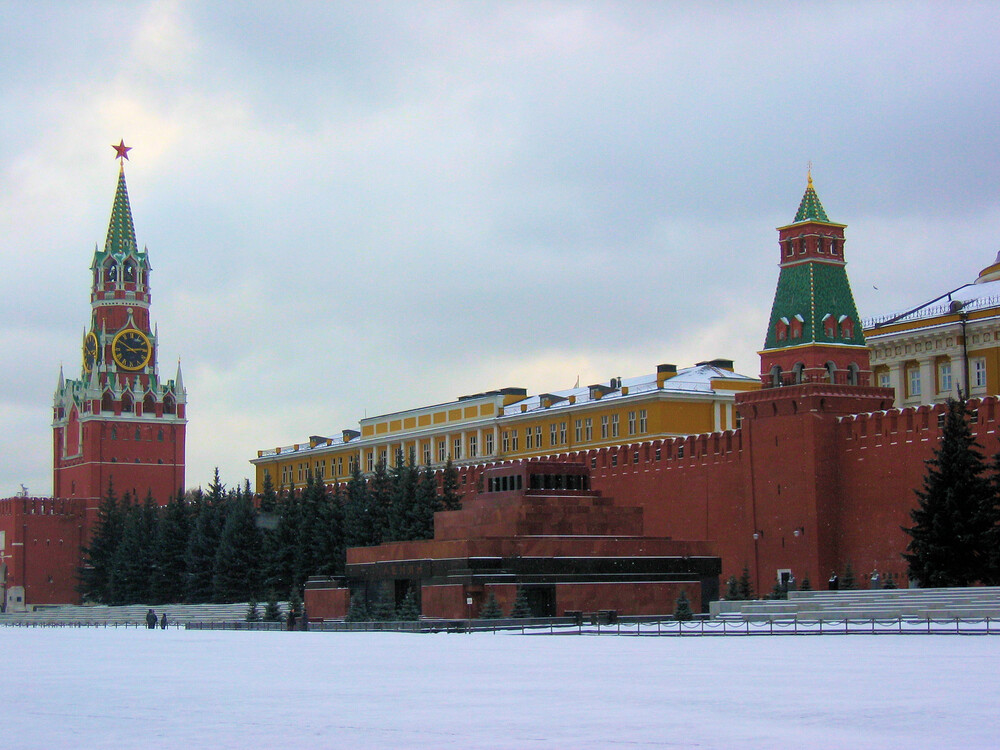
The Kremlin was built from the 14th to the 17th century.
8. United Kingdom
With a long history and cultural traditions, the country has a wealth of heritage and natural beauty. The UK boasts 33 UNESCO World Heritage Sites, each with its own complex and varied history spanning across different regions. From the rugged moors of Scotland to the rolling hills of England, the dramatic landscapes of Wales and the historic sites of Northern Ireland…
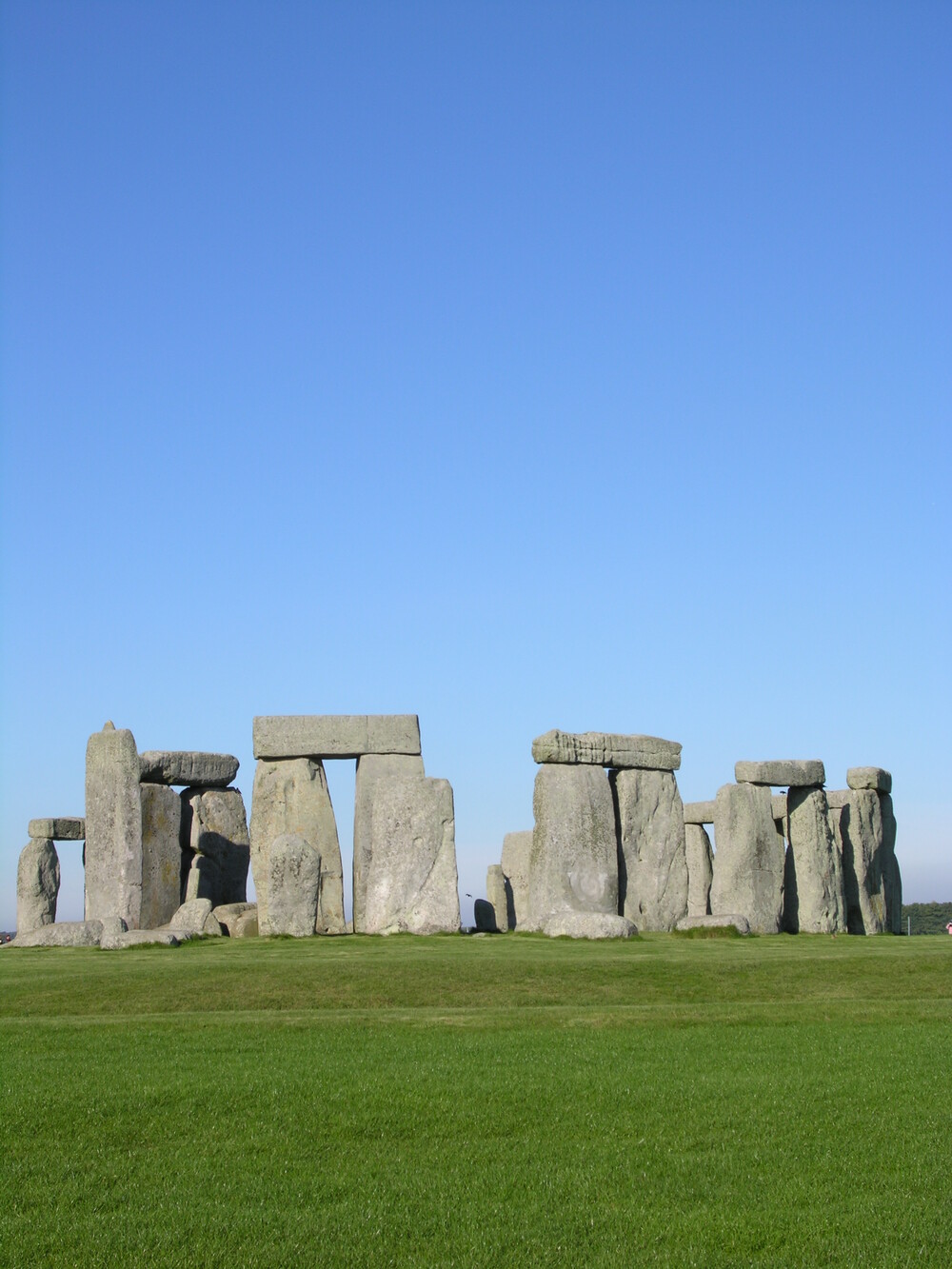
Stonehenge and Avebury, in Wiltshire, are among the most famous megalithic sites in the world. The two sites include menhirs arranged in patterns whose astronomical significance is still being explored.
7. Mexico
Mexico’s culture is rich, with a heritage that stretches back through the annals of history. This vibrant country boasts an impressive total of 35 UNESCO World Heritage Sites, a testament to the extraordinary depth and diversity of its cultural treasures. Each is a jewel in humanity’s crown, preserving the echoes of ancient civilizations. However, beyond these tangible monuments, Mexico also cherishes traditions that are a precious intangible cultural heritage.
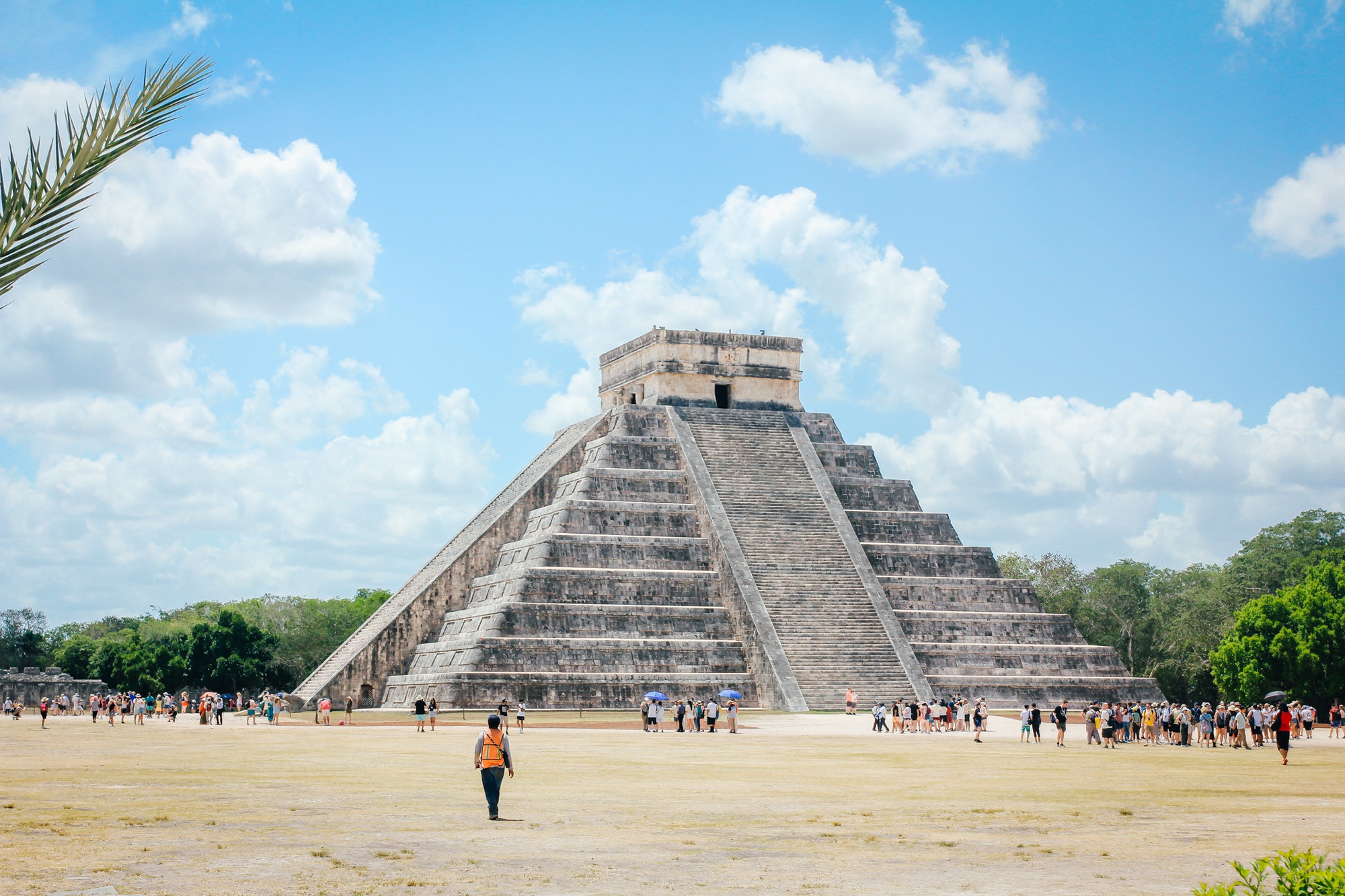
The Chichen Itza ruins were built in ancient times.
6.India
Home to a remarkable collection of 42 UNESCO World Heritage Sites, one of the most iconic is the Taj Mahal in Agra. This magnificent ivory marble mausoleum is celebrated across the globe and has even been declared one of the seven modern wonders of the world. Right next door is the historic Red Fort of Agra. There are also natural wonders in the vast and untouched wilderness of Kaziranga National Park in Assam.
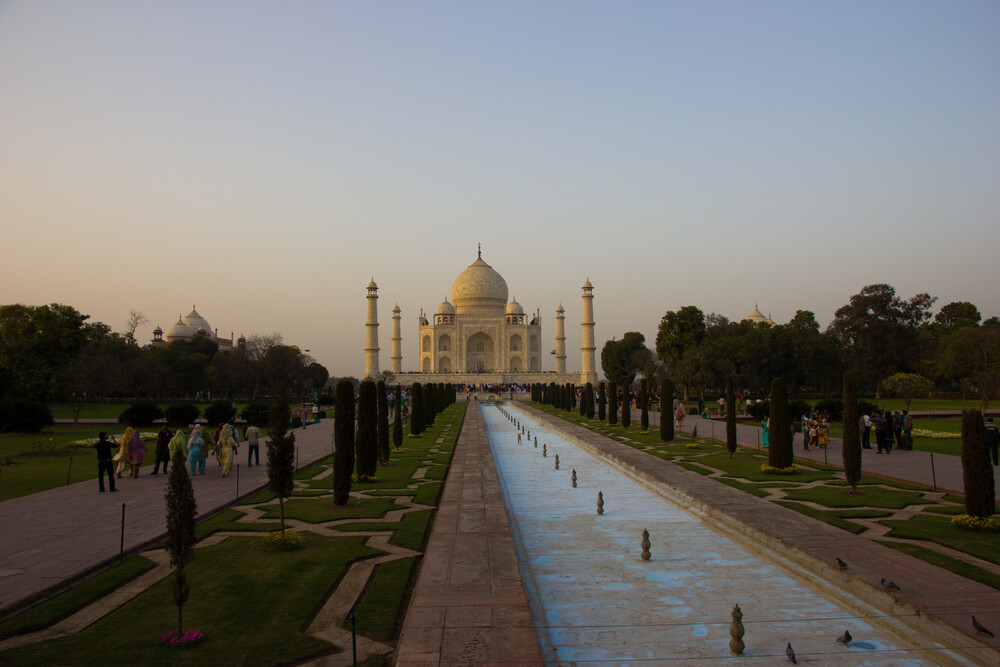
The Taj Mahal is a vast white marble mausoleum built between 1631 and 1648 by order of the Mughal emperor Shah Jahan in memory of his wife.
5.Spain
Spain's 50 UNESCO World Heritage Sites include the extraordinary architectural works of Antoni Gaudí, not only in Barcelona but also the famous pilgrimage site of Santiago de Compostela and the dramatic Mont Perdu gorge landscape in the Pyrenees. The desolate peaks of Las Médulas, once a Roman gold mining site, offer a unique historical perspective. Then there's Ibiza, which is recognised by UNESCO for its exceptional marine and coastal ecosystems...
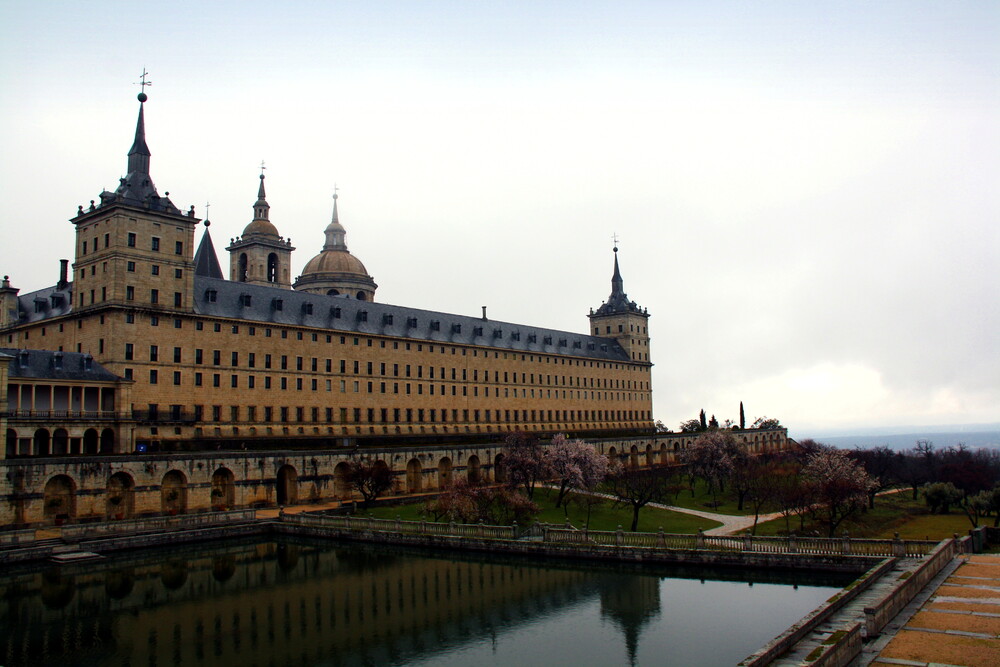
Built in the late 16th century, the Escurial Monastery is located in a particularly beautiful location in Castile. The architecture of the monastery broke with previous styles and had a significant influence on later Spanish architecture.
4. France
Boasting nearly 52 UNESCO World Heritage Sites, Paris is home to iconic sites like the banks of the Seine and Notre Dame Cathedral, while adventures beyond the capital reveal treasures like the Gothic abbey of Mont Saint-Michel and the famous Champagne hillsides. The Porto Bay Nature Reserve, part of the Corsica Regional Natural Park, is a wilderness and scrubland teeming with marine life...
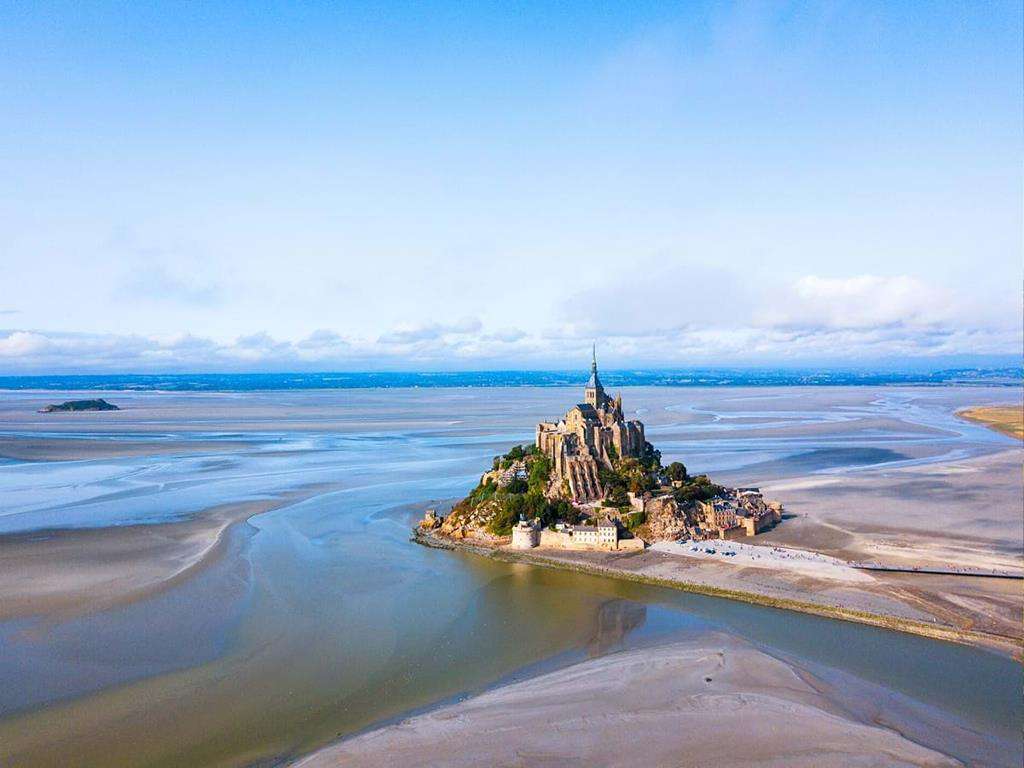
Mont Saint-Michel Castle is located on a small island in northwestern France, 350 km from Paris, in the Bay of Saint-Malo. It is the third most visited tourist attraction in France, after the Eiffel Tower and the Palace of Versailles.
3.Germany
Germany's cultural treasures include 53 UNESCO World Heritage Sites, including the sites of the influential Bauhaus School in Weimar and Dessau. The beautiful Cologne Cathedral, a remarkable Gothic masterpiece that took 632 years to build. Kassel's Bergpark Wilhelmshöhe features a Hercules monument; the Wadden Sea, stretching into the North Sea, ranks as the world's largest continuous system of sand and tidal flats...
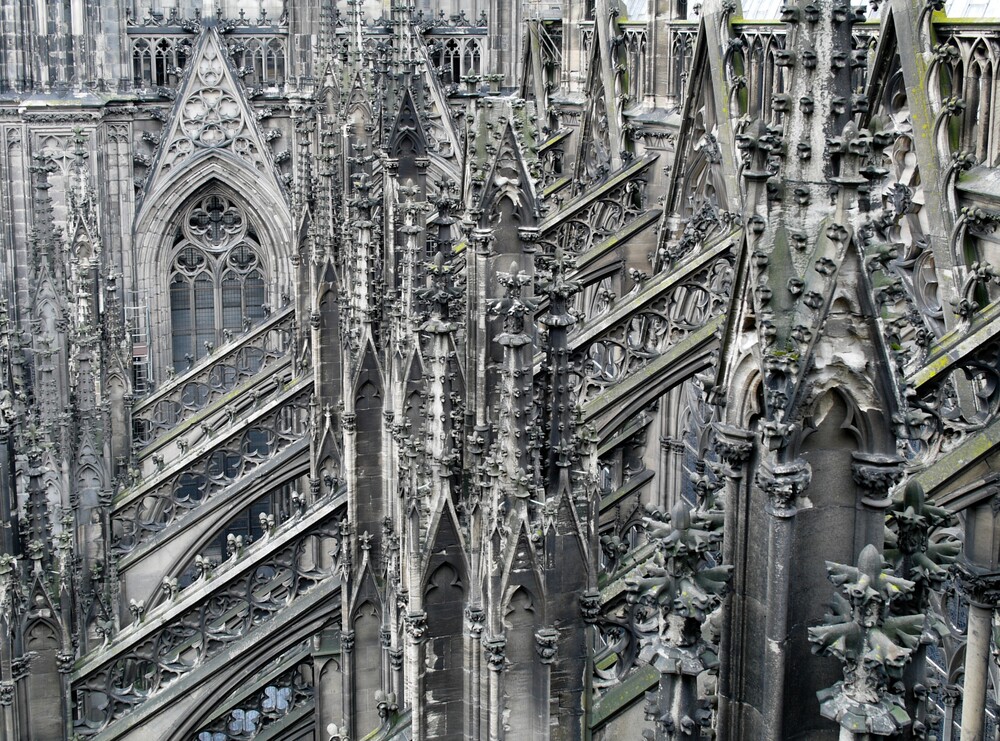
Begun in 1248, the construction of this Gothic masterpiece took place in several stages and was not completed until 1880. For seven centuries, successive builders were inspired by the same faith and spirit of absolute fidelity to the original plan when constructing Cologne Cathedral.
2. China
The country boasts a rich heritage system with 57 UNESCO heritage sites, the most famous of which is probably the Great Wall. The Honghe Hani Rice Terraces in Southern Yunnan cover an astonishing 16,603 hectares and have been diligently cultivated by the Hani people for over 1,300 years, creating a mesmerizing sight as mist covers the multi-layered rice paddies. The Silk Road network, spanning 5,000 km and with nearly two millennia of history, is another notable site...
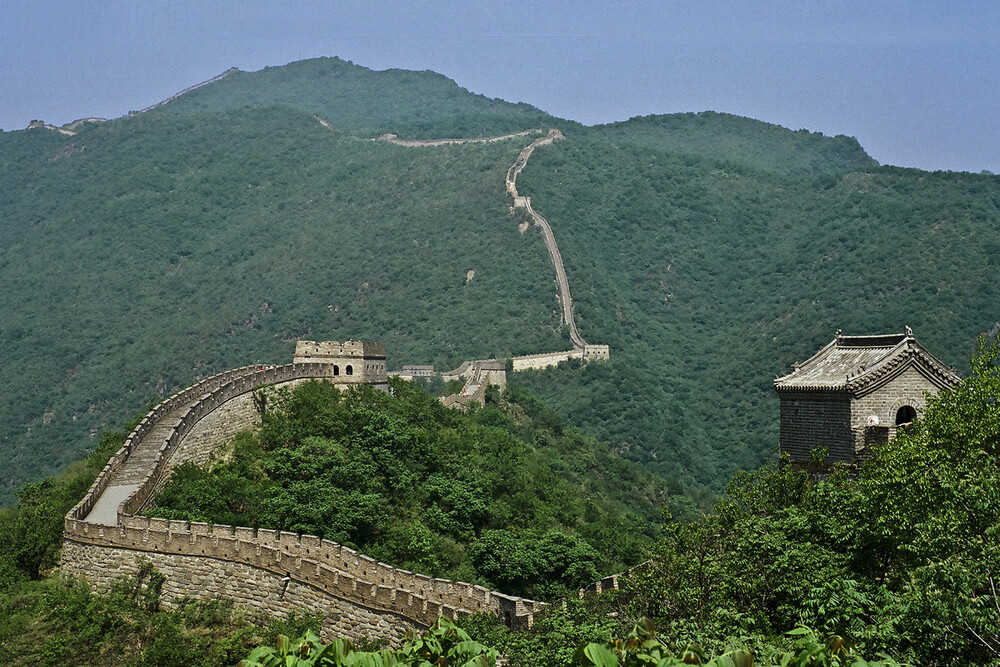
In 220 BC, under Qin Shi Huang, the earlier fortifications were joined together to form a unified defense system. Construction continued until the Ming Dynasty (1368 - 1644) and the Great Wall became the largest military structure in the world.
1. Meaning
Boasting 59 UNESCO World Heritage Sites, the most of any country out of nearly 2,000 worldwide. These include iconic destinations such as Florence’s Piazza del Duomo, the historic centres of Rome and Venice, and the breathtaking Dolomites. In addition, the picturesque landscape of Piedmont, famous for its Barolo and Barbaresco wines, offers an ideal setting for cycling enthusiasts, combining vineyard-covered hills with charming villages.
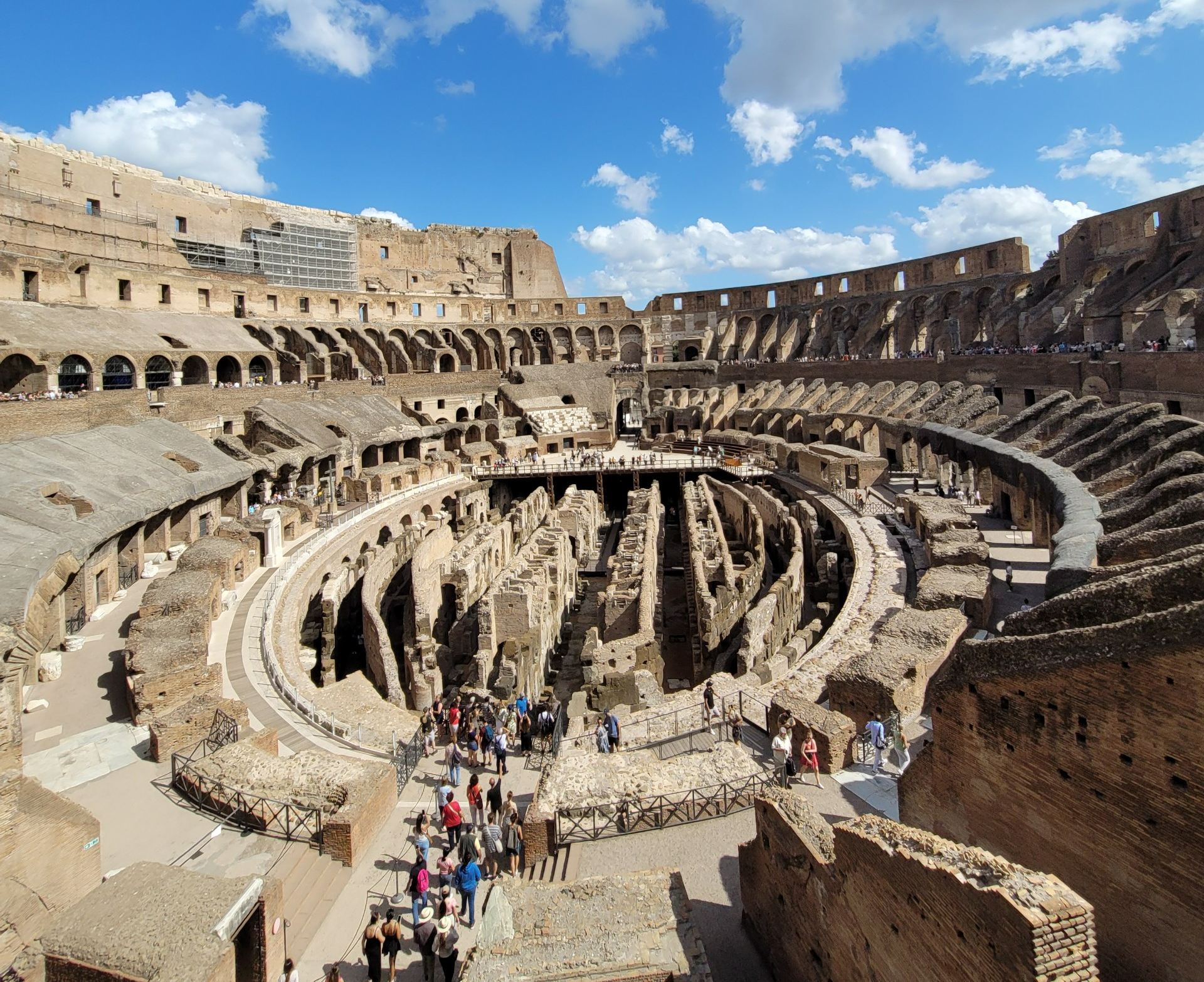
The Colosseum was built between 70 and 80 AD.
Source link











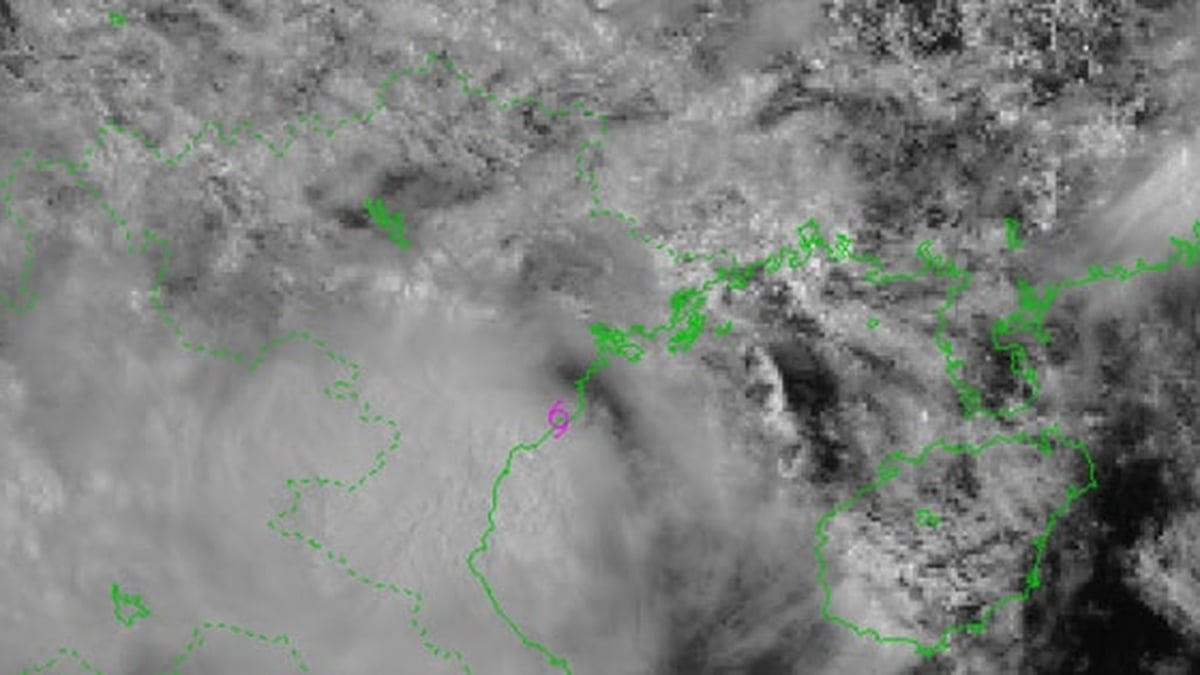











![[Photo] National Assembly Chairman Tran Thanh Man visits Vietnamese Heroic Mother Ta Thi Tran](https://vphoto.vietnam.vn/thumb/1200x675/vietnam/resource/IMAGE/2025/7/20/765c0bd057dd44ad83ab89fe0255b783)













































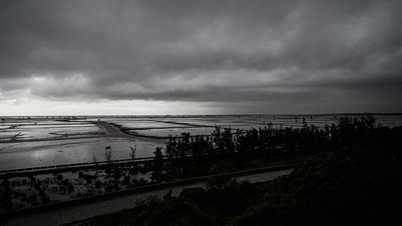








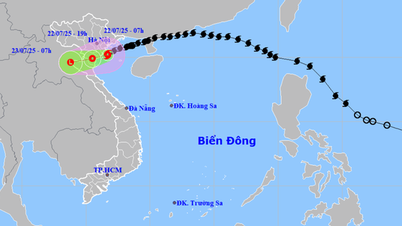
























Comment (0)